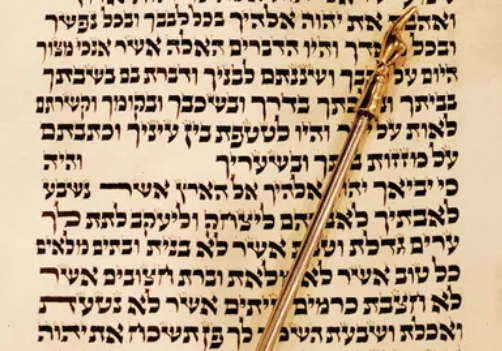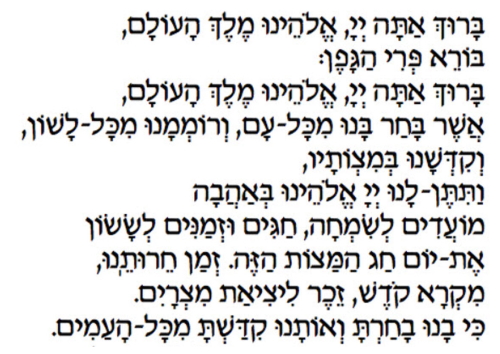Classical (Biblical) vs. Modern Hebrew



Classical and modern Hebrew are essentially the same language, though naturally, some classical Hebrew forms, phrases, and words are now considered archaic or obsolete.
As modern Hebrew developed, words that didn’t fit in ancient times were:
- Imaginatively invented (e.g., ice cream גלידה).
- Derived from existing Hebrew roots (e.g., refrigerator מקרר from קר).
- Borrowed from other languages (e.g., technology טכנולוגיה from Western languages).
Many classical Hebrew texts lean toward complex, poetic expression, making them challenging to study—understandably so. Just as with any language, poetic writing often leaves us asking “Just what did the writer/poet/author mean by…?”
The Torah is a powerful source of ancient Hebrew text. Its syntax, while close, doesn’t always conform to that of modern Hebrew (similar to how “gloweth the fire” in Middle English differs from today’s “the fire glows”). Adding to the complexity, some verses appear as run-on sentences. Another notable difference is classical Hebrew’s treatment of verb tenses:
- Modern Hebrew uses the same tenses we do in English: past, present and future.
- These tenses relate to time, when/whether an action occurs or is completed.
- Classical Hebrew has only two tenses: perfect and imperfect.
- The perfect tense describes completed actions.
- The imperfect tense indicates ongoing or incomplete actions.